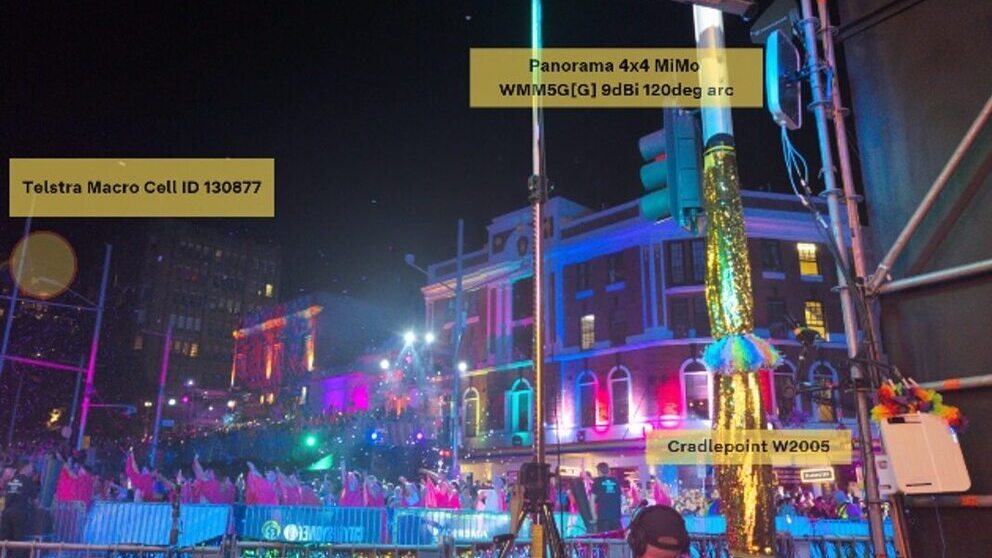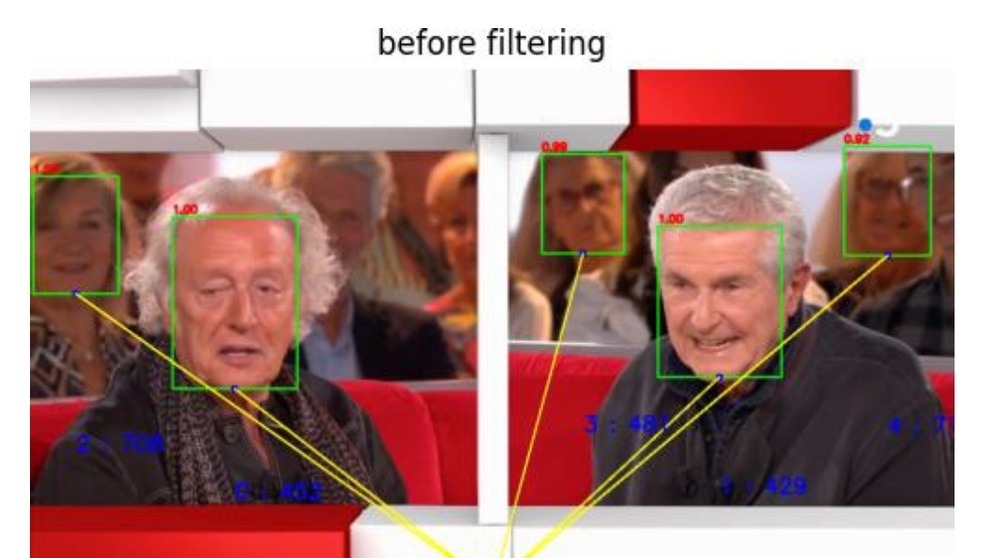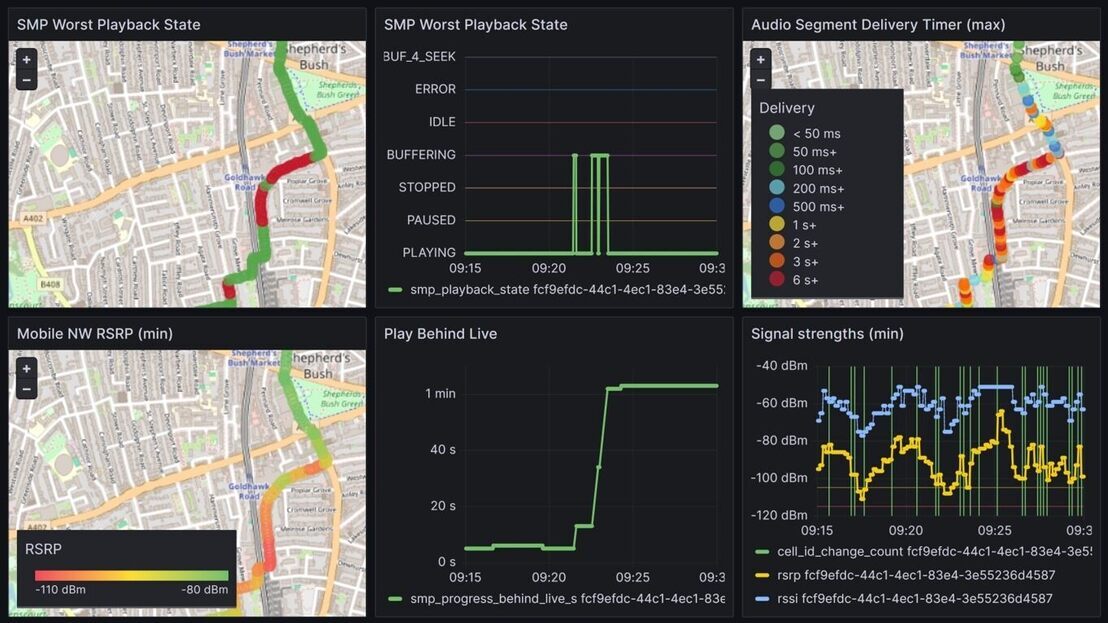This paper reviews the history of this standard’s creation, explains its operation principles, and discusses its various features, utilities, and benefits.
As well known, most videos sent over the Internet are delivered using streaming technologies. The two most commonly used streaming protocols today are HTTP Live Streaming (HLS) and Dynamic Adaptive Streaming over HTTP (DASH). Both are international standards. Both use HTTP as the underlying network protocol and employ Content Delivery Networks (CDNs) for distribution.
Content Steering for DASH (ETSI TS 103 998) is a new standard developed by the DASH Industry Forum (DASH-IF), defining means for managing media delivery using multiple CDNs. At the server-client interaction level, this standard is compatible with the CDN steering features of HLS (IETF RFC 8216bis), effectively enabling the same content steering servers to control delivery for both HLS and DASH distributions.
This paper discusses...
You are not signed in.
Only registered users can view this article.

IET announce Best of IBC Technical Papers
The IET have announced the publication of The best of IET and IBC 2024 from IBC2024, once again showcasing the groundbreaking research presented through the papers. The papers have been selected by IBC’s Technical Papers Committee for being novel, topical, analytical and well-written and which have the potential to make a significant impact upon the media industry. 327 papers were submitted this year, and after a rigorous selection process this publication features the ten papers deemed by the judges to be the best.

Technical Papers 2024 Session: 5G Case Studies – public network slicing trials and striving for low latency
In this session from IBC2024, Telestra Broadcast Service and the BBC present their work 5G Case Studies as part of the IBC Technical Papers.

Technical Papers 2024 Session: AI in Production – training and targeting
In this session from IBC2024, three authors from NHK, Viaccess-Orca and European Broadcasting Union present their work on the application of AI to media production as part of the IBC Technical Papers.

Technical Papers 2024: Audio & Speech – advances in production
In this session from IBC2024, two authors present their work on Audio Description and implementing Audio Definition Model as part of the IBC Technical Papers.

Technical Papers 2024 Session: Advances in Video Coding – encoder optimisations and film grain
In this session from IBC2024, IMAX, MediaKind, Fraunhofer HHI and Ericsson present their work on video coding, as part of the IBC Technical Papers




